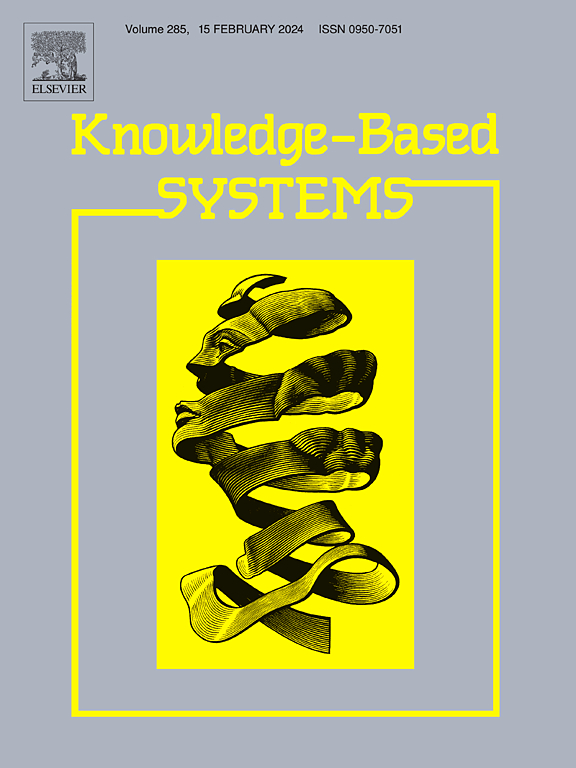Semi-supervised high-uncertainty deep canonical variate analysis for fault diagnosis in blast furnace ironmaking
IF 7.2
1区 计算机科学
Q1 COMPUTER SCIENCE, ARTIFICIAL INTELLIGENCE
引用次数: 0
Abstract
Blast furnace ironmaking process (BFIP) is of paramount importance in the steel industry. Reliable fault diagnosis for BFIP is crucial to ensure production safety, improve efficiency and quality, reduce costs, and maximize resource utilization. However, establishing effective fault diagnosis models is hindered by challenges including non-linearity, dynamics, widespread noise, and the scarcity of labeled data alongside an abundance of unlabeled data. To address these issues, this paper proposes a new fault diagnosis method for BFIP called semi-supervised high-uncertainty deep canonical variate analysis (SHDCVA). The proposed algorithm consists of three main parts, including (1) high-uncertainty nonlinear dynamic feature capture, (2) robust semi-supervised framework construction, and (3) model solving and parameter optimization. Firstly, a high-uncertainty deep canonical variate representation method is proposed from a probabilistic perspective, which can capture high-uncertainty nonlinear dynamic characteristics. The high-uncertainty property can effectively deal with data noise and enhance the reliability of downstream fault diagnosis model. Moreover, this paper proposes a robust semi-supervised classification framework that can efficiently utilize limited labeled samples and a large amount of unlabeled samples. The supervised part controls the release of labeled samples by training signal annealing method (TSA) to prevent overfitting, while the unsupervised part enforces model smoothing by applying adversarial perturbations to enhance robustness. Subsequently, an efficient computational method is devised to generate adversarial perturbations and the overall objective is constructed. Finally, the effectiveness of SHDCVA is confirmed through a practical case study utilizing genuine BFIP data.
求助全文
约1分钟内获得全文
求助全文
来源期刊

Knowledge-Based Systems
工程技术-计算机:人工智能
CiteScore
14.80
自引率
12.50%
发文量
1245
审稿时长
7.8 months
期刊介绍:
Knowledge-Based Systems, an international and interdisciplinary journal in artificial intelligence, publishes original, innovative, and creative research results in the field. It focuses on knowledge-based and other artificial intelligence techniques-based systems. The journal aims to support human prediction and decision-making through data science and computation techniques, provide a balanced coverage of theory and practical study, and encourage the development and implementation of knowledge-based intelligence models, methods, systems, and software tools. Applications in business, government, education, engineering, and healthcare are emphasized.
 求助内容:
求助内容: 应助结果提醒方式:
应助结果提醒方式:


